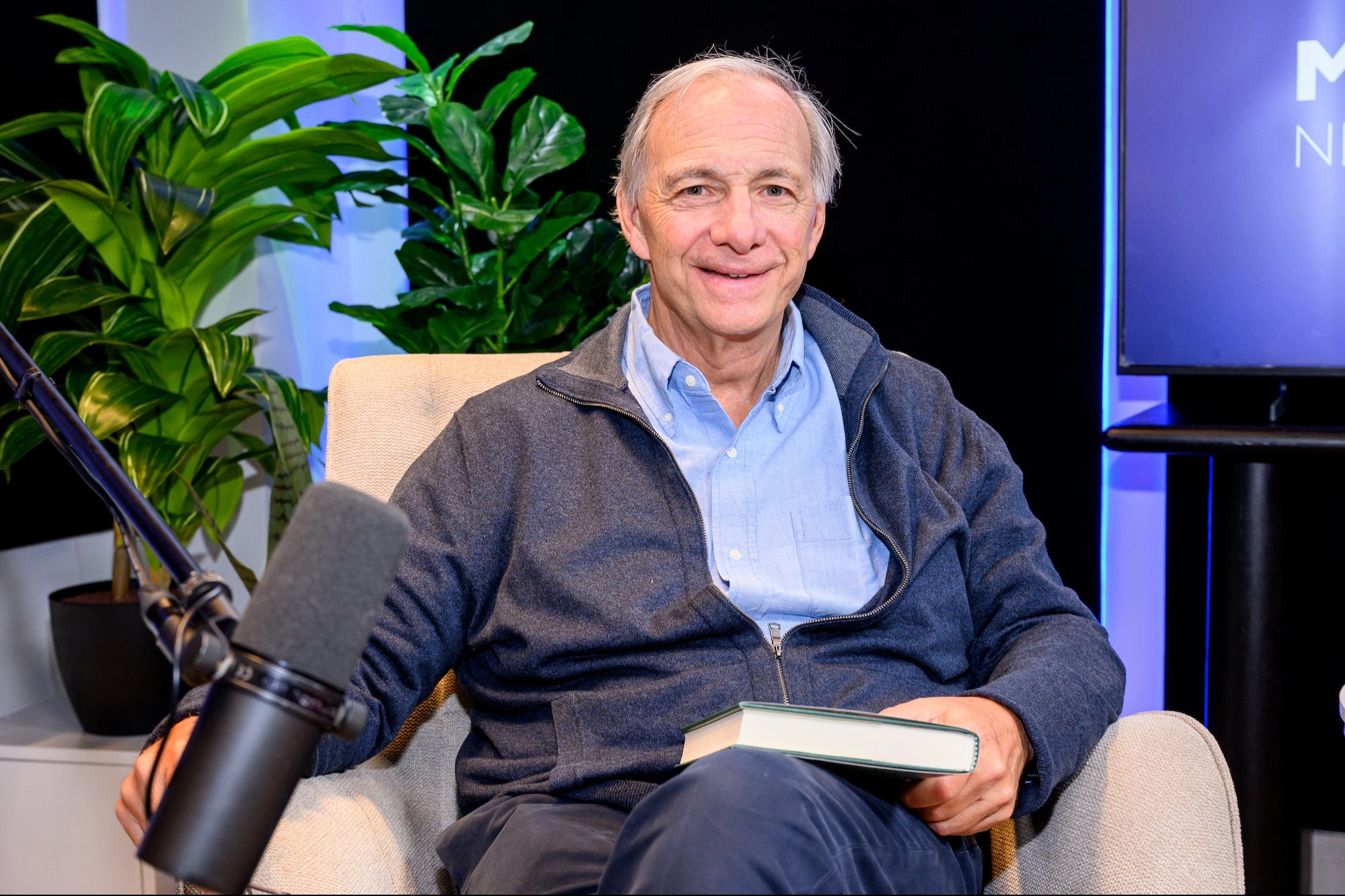Do You Dislike the Design of Your Workplace? Here's Why. Some insight about why certain offices are more or less satisfying to work in.
Opinions expressed by BIZ Experiences contributors are their own.
LinkedIn Influencer, Gretchen Rubin, published this post originally on LinkedIn.
I'm a huge fan of the writing of architect Christopher Alexander, and yesterday, for the hundredth time, I found myself urging someone to read his book, A Pattern Language: Towns, Buildings, Construction.
This strange, brilliant, fascinating book uses architecture, sociology, psychology, and anthropology to describe the most satisfying environments.
Instead of talking about familiar architectural styles and elements, it focuses on "patterns," such as the Sitting Wall, the Front Door Bench, Child Caves, the Sequence of Sitting Spaces, Sleeping to the East. I love these! I want them for my own apartment!
Related: Former Navy SEAL and I Agree on an Important Habit that Will Surprise You (LinkedIn)
A Pattern Language discusses houses, but it also covers commercial spaces and offices.
It offers insights about why certain offices are more or less satisfying to work in. Take this quiz to see how your office measures up.
I put a "yes" or "no" after each element, as it applies to my own office. How does your office rate?
- There's a wall behind you (so no one can sneak up behind you). Yes.
- There's a wall to one side (too much openness makes you feel exposed). Yes.
- There's no blank wall within 8 feet in front of you (or you have no place to rest your eyes). No, I sit right in front of a wall with a window.
- You work in at least 60 square feet (or you feel cramped). No; my office is tiny.
- Your workspace is 50-75% enclosed by walls or windows (so you have a feeling of openness). Not exactly sure what this one means -- wouldn't that give me a feeling of closedness?
- You have a view to the outside (no matter how large your office, you will feel confined in a room without a view). Yes—no view at all, but I can see outside. Having a window is enormously important to me.
- You are aware of at least 2 other people, but not more than 8 people, around you (less than 2, you feel isolated and ignored; more than 8, you feel like a cog in a machine). No, I'm all alone.
- You can't hear workplaces noises that are very different from the kind of noises you make at work (you concentrate better when the people around you are engaged in similar tasks, not very different tasks). Yes.
- No one is sitting directly opposite you and facing you. No.
- You can face in different directions at different times. No.
- You can see at least 2 other people, but not more than 4. No.
- You have at least one co-worker within talking distance. No.
Most of us can't change much about the design of our offices, but these elements at least furnish a few ideas.
My office is very, very small. If I had more room and space, I would love to have a horseshoe-shaped desk, with enormous amounts of surface space, as well as a treadmill desk. Oh, how I long for a treadmill desk. In Better Than Before, my book about habit change, I describe how I did the next best thing: I bought a treadmill desk for my sister. She sometimes walks seven miles — during a work day!
Related: Want To Shape Your Habits Better? Take This (LinkedIn)
I have to admit, that of all the habits that I changed, or that I helped other people to change, as part of writing that book, getting my sister that treadmill desk was one of the very most satisfying.
How does the design of your workplace measure up? Do you agree with these points? What would you add?
To state the obvious: this list sheds light on why many people don't like the current trends in office design.











